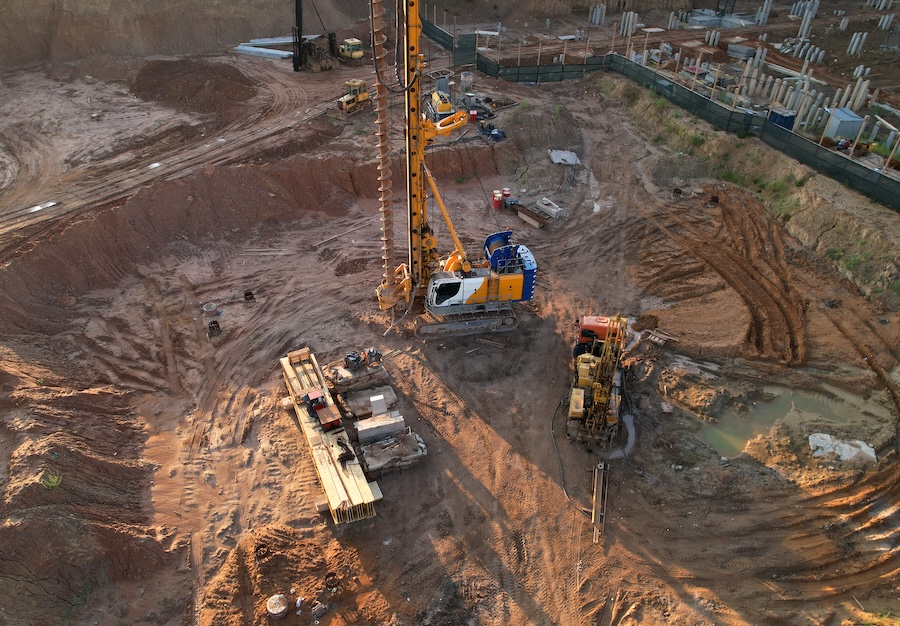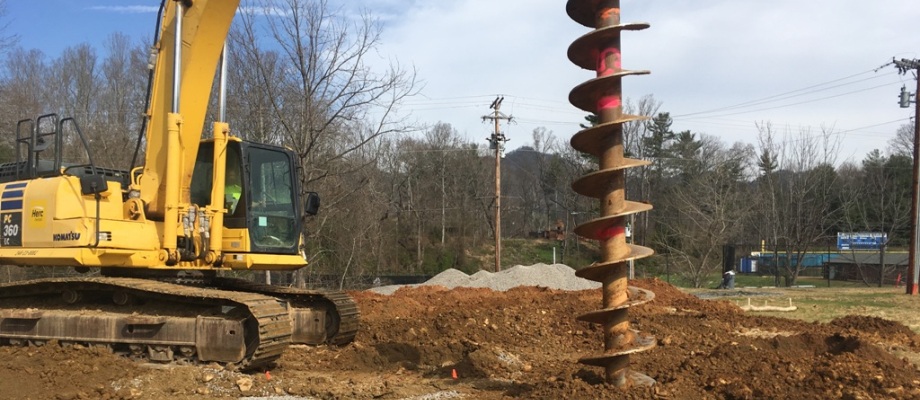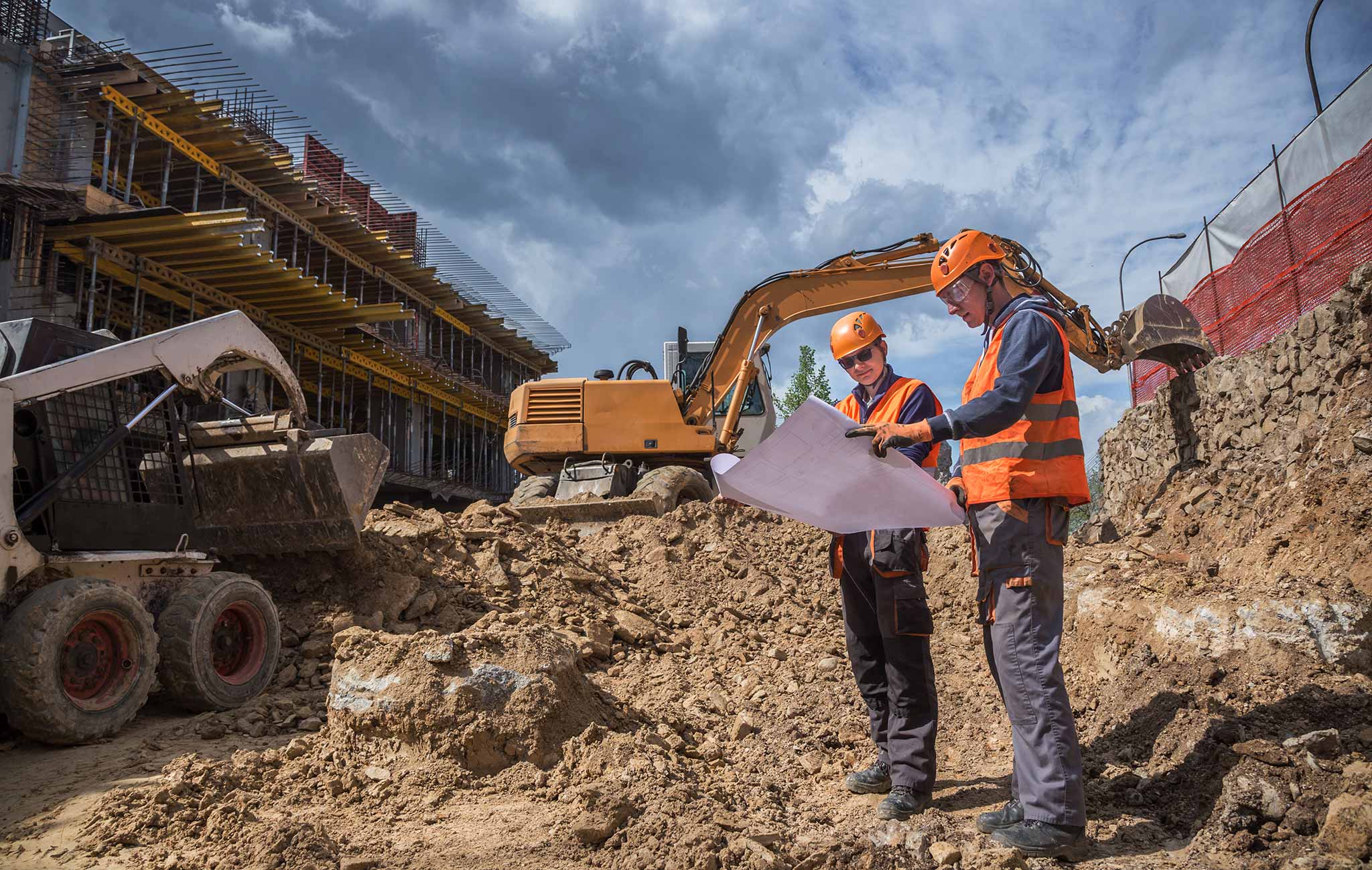The Interdisciplinary Approaches in the Geotechnical Sector: Connecting the Void In Between Design, Geology, and Environmental Science for Optimal Project Outcomes
The integration of design, geology, and environmental science within the geotechnical market is not simply useful; it is crucial for attaining ideal project end results. What techniques might arise to facilitate this crucial collaboration and improve the efficiency of geotechnical techniques?
Value of Interdisciplinary Cooperation
The importance of interdisciplinary collaboration in the geotechnical market can not be overstated. Efficient geotechnical projects need the assimilation of varied knowledge from different fields, including engineering, geology, and ecological scientific research. This collaboration makes certain that all elements of a job are taken into consideration, bring about extensive solutions that resolve complicated obstacles.
Interdisciplinary partnership fosters advancement by enabling experts to share insights and methods that might not be obvious when working in seclusion (geotechnical engineers). By leveraging the toughness of multiple techniques, groups can recognize possible risks, maximize design processes, and enhance the sustainability of geotechnical tasks. Such collaboration promotes an all natural understanding of site-specific conditions, which is vital for exact evaluation and decision-making.
The intricacy of geotechnical jobs demands a worked with strategy to analytical. When designers, geologists, and environmental researchers collaborate, they can create a natural method that straightens technical requirements with environmental considerations and regulative compliance. This harmony not just boosts task outcomes yet likewise contributes to the lasting durability of infrastructure. Inevitably, interdisciplinary cooperation is important for advancing finest practices and accomplishing excellence in the geotechnical market.
Key Functions of Each Discipline
Cooperation amongst various disciplines is not simply useful; it is important for the effective execution of geotechnical projects. Each discipline-- design, geology, and environmental scientific research-- plays an unique yet interconnected duty that adds to predict efficiency and sustainability.
Geotechnical engineers are primarily in charge of developing foundations and ensuring architectural integrity. They evaluate soil and rock residential or commercial properties to examine load-bearing abilities, providing important data for safe building methods. Their knowledge allows the formulation of innovative services to complicated difficulties.

Environmental scientists examine the potential impacts of building on communities and water sources. They perform ecological analyses and develop mitigation approaches to decrease unfavorable effects. By incorporating eco-friendly factors to consider, they ensure conformity with regulations and promote sustainability throughout the job lifecycle.
Study of Successful Combination
Effective assimilation of geotechnical disciplines can be exhibited via various situation research studies that highlight the performance of team effort in dealing with intricate design difficulties. One web noteworthy example is the construction of the Hong Kong-- Zhuhai-- Macau Bridge, where a joint technique involving geotechnical engineering, geology, and ecological scientific research was vital. Geologists and engineers operated in unison to analyze the seabed conditions and enhance the structure design, guaranteeing stability and minimizing ecological impact.
One more impactful instance is the enhancement of incline stability in the San click here to find out more Francisco Bay Area, where an interdisciplinary team integrated geotechnical evaluation with environmental assessments. By incorporating geological studies and hydrological researches, the group effectively determined possible landslide threats and implemented reliable reduction actions, improving safety and sustainability.
Moreover, the redevelopment of Brownfield websites often requires a multidisciplinary approach. In one case in Chicago, partnership among geotechnical engineers, ecological researchers, and urban planners caused the effective removal of contaminated dirt, permitting the safe transformation of the site right into a neighborhood park. These situation researches highlight that interdisciplinary partnership not only addresses technological challenges yet also cultivates ingenious services that benefit both jobs and neighborhoods.
Difficulties in Multidisciplinary Projects

In addition, collaborating schedules and workflows among numerous groups can be troublesome, particularly when each self-control has unique task turning points and deliverables. This misalignment can cause hold-ups and boosted expenses. The obstacle of source allotment also impends big; making certain that specific competence is available at essential junctures requires cautious planning and foresight.
Lastly, governing compliance presents an additional considerable obstacle. Each self-control might face different governing structures, and straightening these needs to meet job goals can be complex and taxing. Resolving these obstacles demands strong management and effective interaction strategies to cultivate cooperation and make sure that multidisciplinary groups work cohesively in the direction of shared objectives.
Future Trends in Geotechnical Practices
As the geotechnical industry develops, arising patterns are reshaping techniques to deal with the challenges dealt with in multidisciplinary tasks - tailings engineer. One substantial pattern is the boosted assimilation of sophisticated technologies, such as expert system and device understanding, into geotechnical evaluation and layout. These modern technologies boost predictive modeling and threat analysis, making it possible for designers to make more educated decisions throughout the job lifecycle

Additionally, the fostering of electronic doubles and real-time tracking systems is ending up being extra common. visit their website These devices assist in recurring evaluation of soil conditions and structural performance, permitting timely interventions when concerns develop.
Final Thought
In final thought, the assimilation of design, geology, and ecological scientific research is essential for achieving ideal end results in the geotechnical industry. Successful situation researches show the advantages of this strategy, while acknowledging the difficulties faced in multidisciplinary tasks.
The integration of design, geology, and environmental scientific research within the geotechnical sector is not simply advantageous; it is imperative for achieving ideal task results. Reliable geotechnical tasks need the assimilation of varied experience from different fields, consisting of design, geology, and environmental science.Navigating the intricacies of multidisciplinary tasks in the geotechnical market presents numerous substantial obstacles.As the geotechnical industry advances, arising trends are reshaping methods to attend to the challenges faced in multidisciplinary projects. Geotechnical designers are significantly teaming up with ecological scientists to ensure that tasks line up with sustainability goals and abide with regulative requirements.